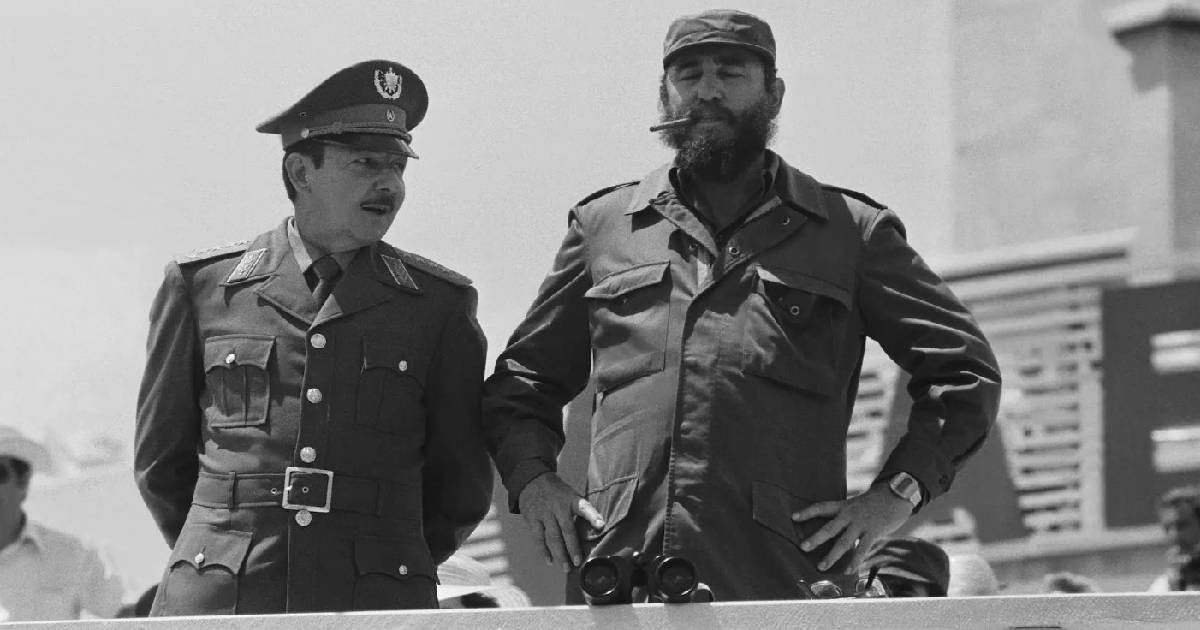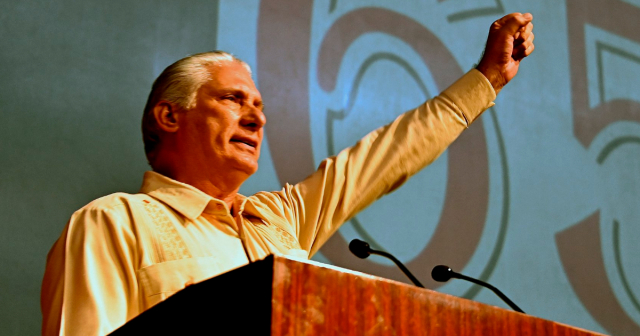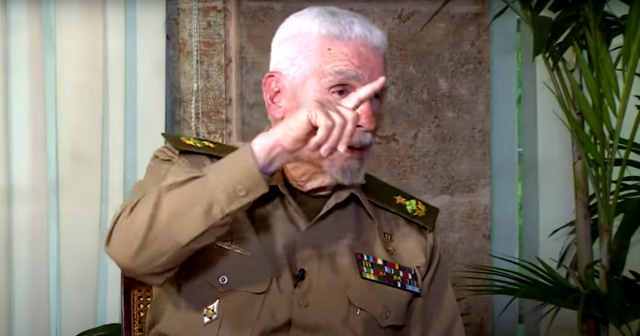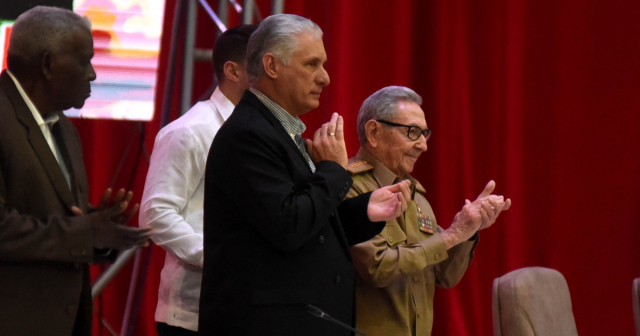
The recent revelations of the former boss of the Medellín cartel,Carlos Lehder, show thatRaul Castro closed business with him Medellin Cartel for which four Cuban soldiers were later shot, including ColonelAntonio de La Guardia and Arnaldo Ochoa.
The former drug trafficker told for the first time what the relationships of the so-called "extraditables" were like with thegovernments of Cuba, Panama, Nicaragua and the Bahamas, to whom they gave millions of dollars to freely traffic Colombian drugs destined for the United States, the magazine citedWeek.
He affirms that the money and power that the Colombian bosses accumulated in the 1980s would not have been possible without the complicity of these regimes. I recognized immediately that the easiest way to bring coke to the United States was "drug diplomacy"through these governments, he stated.
The former boss, one of the most recognized in Colombia, said thatwitnessed how these regimes sat at the table with drug traffickers and received millions of dollars that produced cocaine.
Lehder, who unlike the other “extraditables” was educated, bilingual and had knowledge of the world, explained that, although he personally took care of the control of the Bahamas, governed by Minister Lynden Pindling, he also participated in the negotiations withthe Castros in Cuba and even on one occasionasked to meet Raúl.
He says that in the case of the island, the Castros associated with Pablo Escobar Gaviria and Gonzalo Rodríguez Gacha, called the Mexican; through Colonel Antonio de la Guardia, who was head of the Cuban Importers and Exporters Corporation (Cimex), the 'special operations' agency of the Castro dictatorship.
"The Castro dictatorship, through Cipac, the intelligence and special operations agency in Havana, had used a Cuban-American doctor, a relative of a former colleague of mine, to send me a formal invitation to visit the island, with all the expenses paid by the Government," Lehder said.
On his first business visit he was received by a group of plainclothes officers, and in a waiting room he met the heads of the mission,led by De la Guardia.
He explains that the Cubans believed that the visit was to buy lobster, rum and cigarettes, but he says that he was clear that they needed the island as a springboard for drug smuggling.
Unexpectedly, the response of the Cubans opened the door to an immense business: “For now, I can only confirm that we need all the dollars we can get,” said Colonel Antonio de la Guardia.
He says that at first they authorized him to use "Cayo Largo, an island twenty kilometers long, with a good landing strip, located forty kilometers from the port of Cienfuegos" and in the first phase Cimex informed him that "he needed to receive five million dollars in cash to cover the Government's expenses on that island (…)".
"You will have the rooms you require on the second floor of the hotel to reside there with your workers; in addition, we will open the kitchen. We do not know how much cocaine you will bring to the island, but the more, the better; we would only have to negotiate the price per kilo landed," they told him.
Lehder points out that despite this he wanted to interact with the Castros, and asked to be introduced to Raúl.
Before the meeting, De la Guardia told him: “Listen to me carefully: protocol requires strict respect for time. There are four minutes maximum for a handshake, courtesy phrase and farewell. You will not mention your own name.”
Then they searched him, took his passport and took him to a room where after an announcement “a man with glasses appeared who, looking at me shrewdly and intently, said: – Nice to meet you, welcome to Cuba Libre – he greeted me, and extended his message to me. cold hand with the icy gesture of the potentate who greets a shoeshine boy.”
He states that Raúl continued:“Here in Cuba we have achieved many advances in education, medicine and agriculture. Our trade is growing, despite the Yankee blockade; The Cuban Revolution is invincible. Enjoy your stay. You can leave now", said the ex-narco.
He says that Raúl's short words had nothing to do with the business, but,In numbers, they represented the closing of the agreement through which many shipments arrived on the island..
"Gustavo, the Mexican and I were the partners who were involved in the first shipment of cocaine sent to Key Largo. Our responsibility was to get it to the island," he says in his memoirs.
He adds that the management of traffic from Cuba was handled by Gustavo Gaviria; while Colonel De la Guardia was in charge of taking him to the Bahamas, where Lehder still had official contacts with the Government.
Despite the fact that the Cuban regime was aware of these businesses, in 1989 De la Guardia, Arnaldo Ochoa, Captain Jorge Martínez Valdés and Major Amado Padrón Trujillo were brought before a military court accused of being linked in drug trafficking operations with the Medellin poster.
On the morning of July 13, 1989, the four were shot in Havana and their execution was announced hours later on Cuban television.
Some soldiers toldCyberCuba that that summerRaúl Castro found himself crying in the early morning in front of the mirror and got angry with himself.
Currently Lehder, one of Colombia's best-known former bosses, has said that he opposes "the legalization of drugs, except marijuana."
What do you think?
SEE COMMENTS (12)Filed in:






